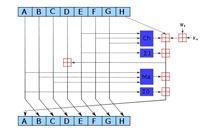
Facebook Enabling HTTPS by Default for North American Users
Facebook this week will begin turning on secure browsing be default for its millions of users in North America. The change will make HTTPS the default connection option for all Facebook sessions for those users, a shift that gives them a good baseline level of security and will help prevent some common attacks.










